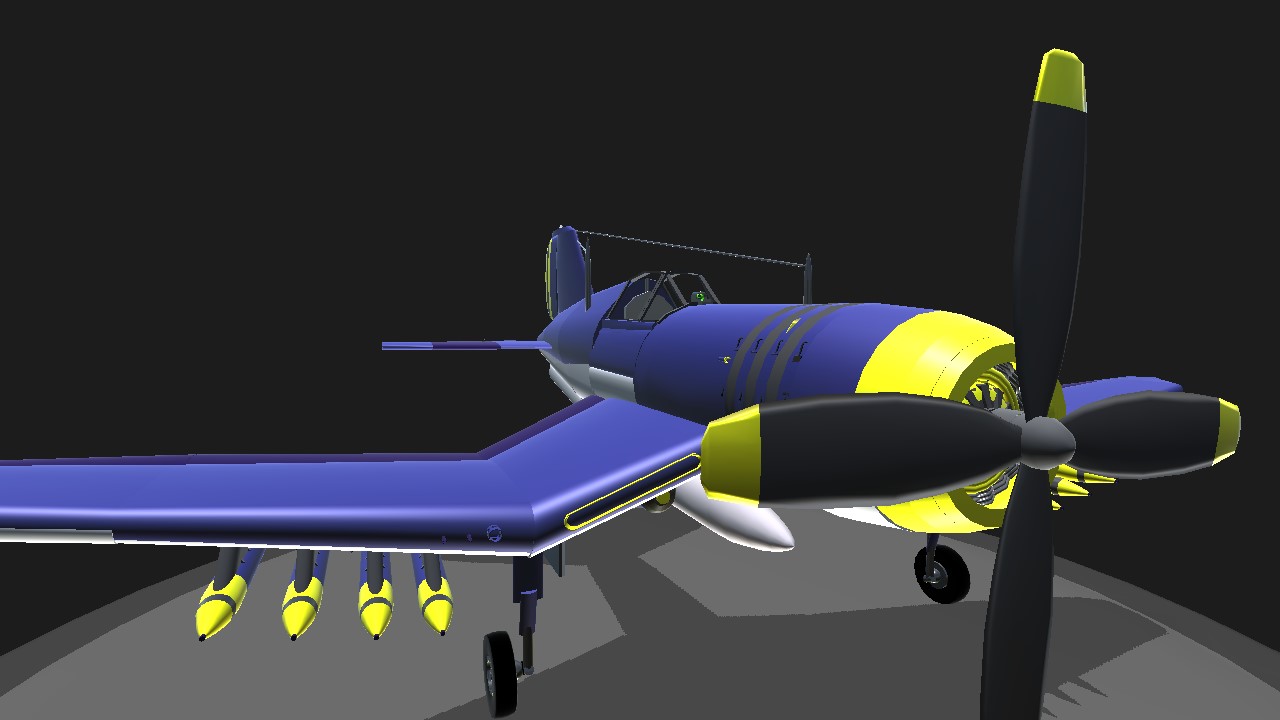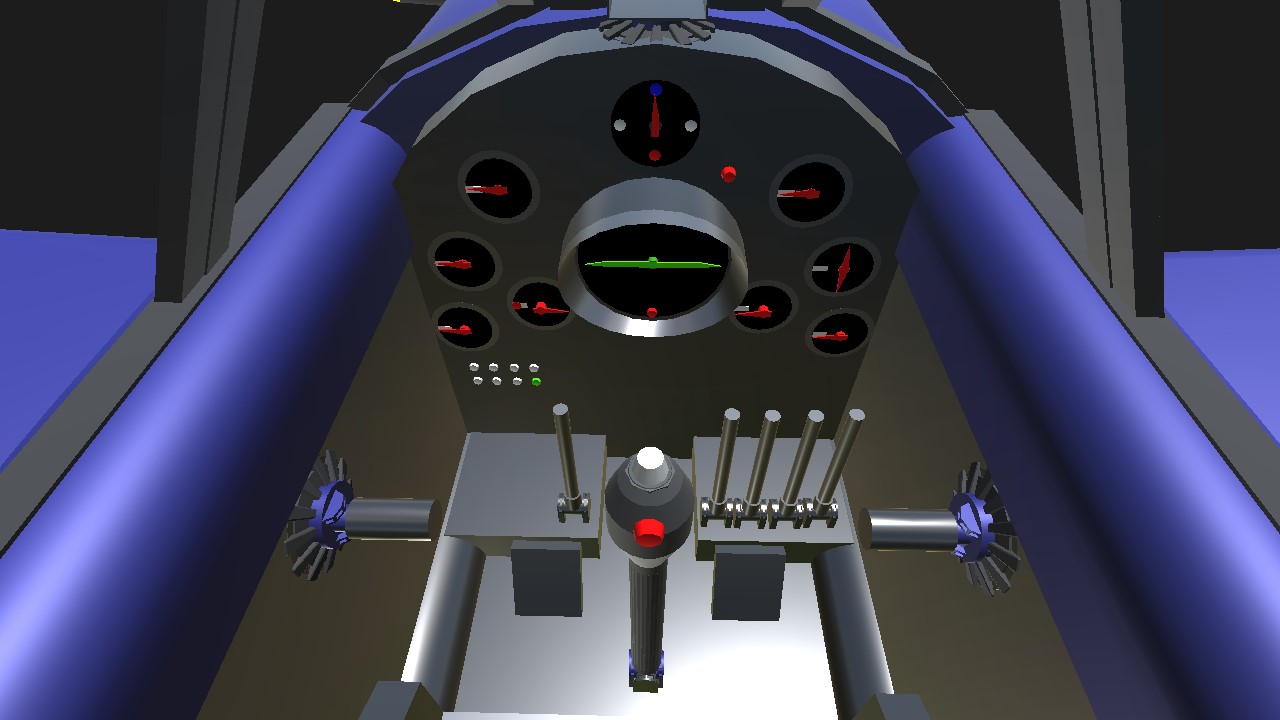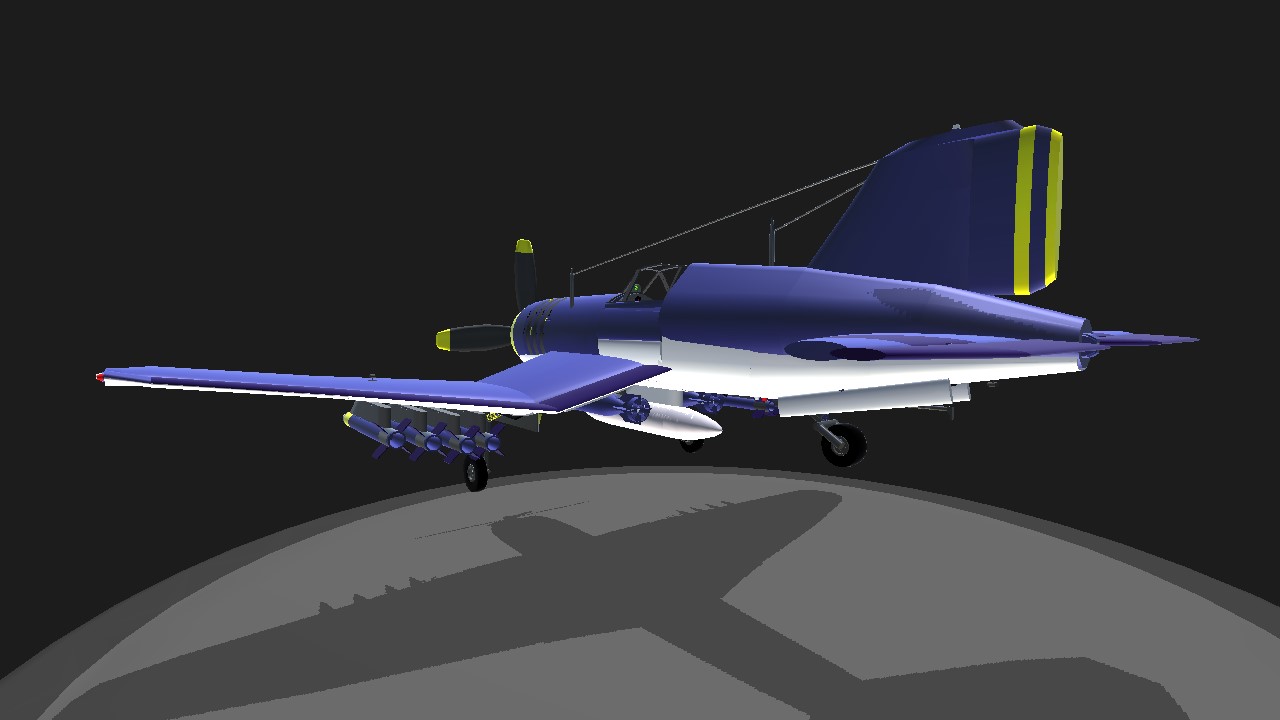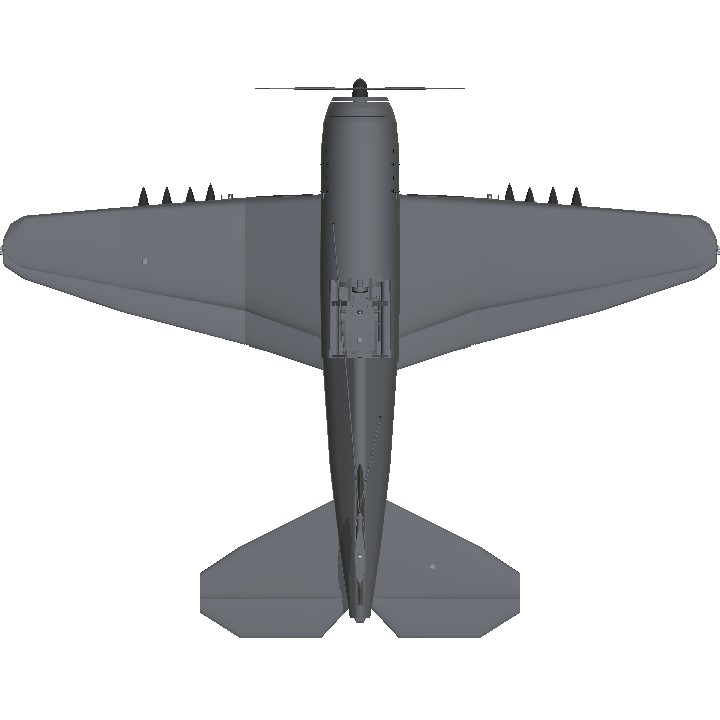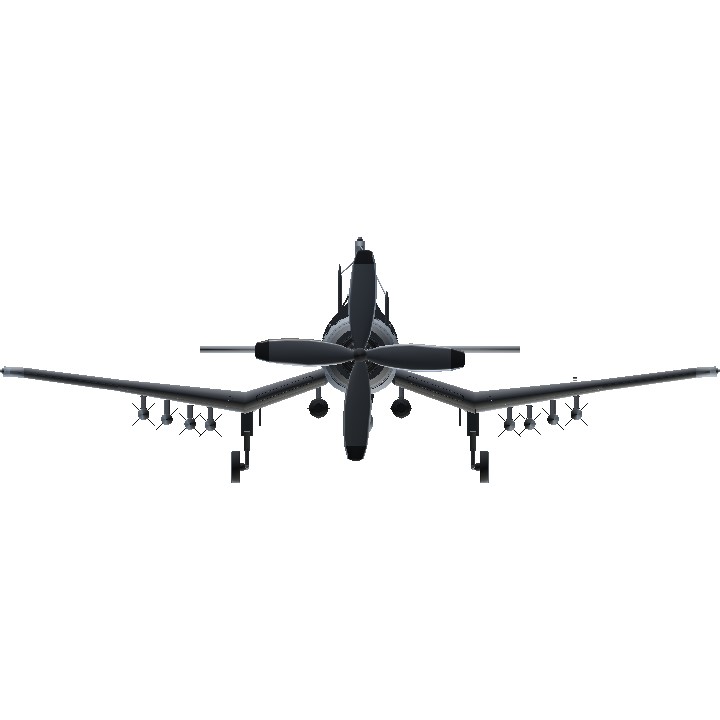WIKI
Designed and initially manufactured by Chance Vought, the Corsair was soon in great demand; additional production contracts were given to Goodyear, whose Corsairs were designated FG, and Brewster, designated F3A.
The Corsair was designed and operated as a carrier-based aircraft, and entered service in large numbers with the U.S. Navy in late 1944 and early 1945. It quickly became one of the most capable carrier-based fighter-bombers of World War II.[2] Some Japanese pilots regarded it as the most formidable American fighter of World War II and its naval aviators achieved an 11:1 kill ratio.[3][4] Early problems with carrier landings and logistics led to it being eclipsed as the dominant carrier-based fighter by the Grumman F6F Hellcat, powered by the same Double Wasp engine first flown on the Corsair's first prototype in 1940.[5] Instead, the Corsair's early deployment was to land-based squadrons of the U.S. Marines and U.S. Navy.[6]
The Corsair served almost exclusively as a fighter-bomber throughout the Korean War and during the French colonial wars in Indochina and Algeria.[7] In addition to its use by the U.S. and British, the Corsair was also used by the Royal New Zealand Air Force, French Naval Aviation, and other air forces until the 1960s.
From the first prototype delivery to the U.S. Navy in 1940, to final delivery in 1953 to the French, 12,571 F4U Corsairs were manufactured[8] in 16 separate models. Its 1942–53 production run was the longest of any U.S. piston-engined fighter.[9][10][11]
Variant used in this build
F4U-1C:
The prototype F4U-1C, appeared in August 1943 and was based on an F4U-1. A total of 200 of this variant were built from July to November 1944; all were based on the F4U-1D and were built in parallel with that variant.[82] Intended for ground-attack as well as fighter missions, the F4U-1C was similar to the F4U-1D but its six machine guns were replaced by four 20 millimeter (0.79 in) AN/M2 cannons with 231 rounds of ammunition per gun.[125] The F4U-1C was introduced to combat during 1945, most notably in the Okinawa campaign. The firepower of 20 mm was highly appreciated.[126][127][128] It was believed that the 20 mm cannon was more effective for all types of combat work than the .50 caliber machine gun.[129] However, despite the superior firepower, many navy pilots preferred .50 caliber machine guns in air combat due to jam and freezing problems of the 20mm cannons.[130] These problems were reduced as the ordnance crews gained experience until the performance of the guns compared favorably with the .50 caliber,[129] but freezing problems remained at 25,000 to 30,000 ft (7,600 to 9,100 m) until gun heaters were installed.[130][131]
Controls
AG1-fold/unfold wing
AG2-Close/open canopy
AG3-Drop tank
AG4-Arresting Hook,do not open while gear is closed
AG5-Navigation Light
AG6-Parachute
AG8-ON/OFF the whole system
Vtol up for landing Flaps
Throttle for throttle(lol
Features
Functional canopy
Almost 1:1 scale(adjusted the wing span for some reason)
Internal Design
functional Gauges
Custom landingGear
fuselage control surfaces
Armaments
AN/M2
2 bomb 25
8 rockets
Enjoy lol,please upvote if you want though
Specifications
Spotlights
- Elicushman 5.7 years ago
General Characteristics
- Created On Android
- Wingspan 43.8ft (13.3m)
- Length 33.8ft (10.3m)
- Height 14.9ft (4.6m)
- Empty Weight 11,412lbs (5,176kg)
- Loaded Weight 14,090lbs (6,391kg)
Performance
- Horse Power/Weight Ratio 14.575
- Wing Loading 27.4lbs/ft2 (133.8kg/m2)
- Wing Area 514.1ft2 (47.8m2)
- Drag Points 8604
Parts
- Number of Parts 433
- Control Surfaces 9
- Performance Cost 2,222

